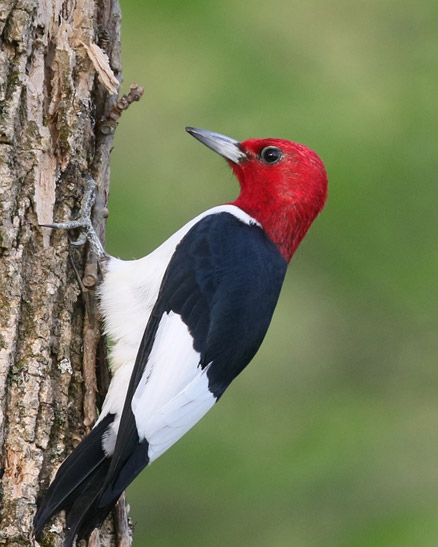The Woods
- Details
- Written by D. Mosher
The Woods was a no-man’s land of tangled trees, brush, and debris when it was acquired in 2013. Today the area provides a shady park-like setting for visitors to enjoy. More than 30 different kinds of trees attract a variety of woodland birds and a few species of mammals. Enjoy a leisurely walk through the woods as you look at the interesting variety of trees and animals. How many can you identify?
Photo: Watch out for beautiful Red-headed Woodpeckers as they fly from tree to tree searching for food. Courtesy of D. Mosher, Mount Vernon Nazarene University.

